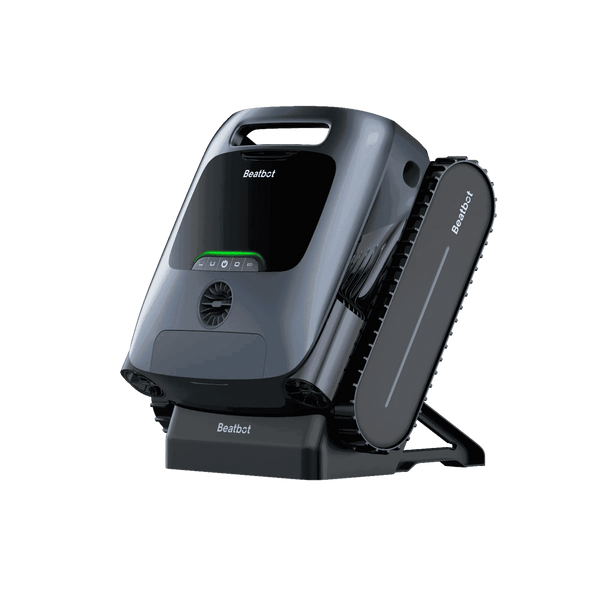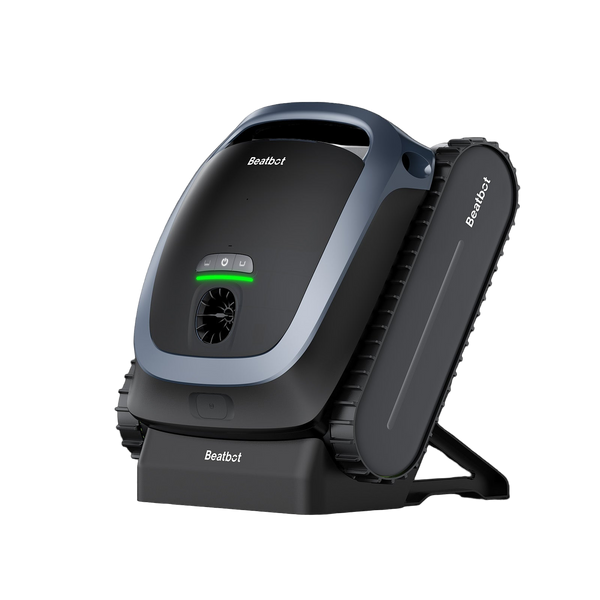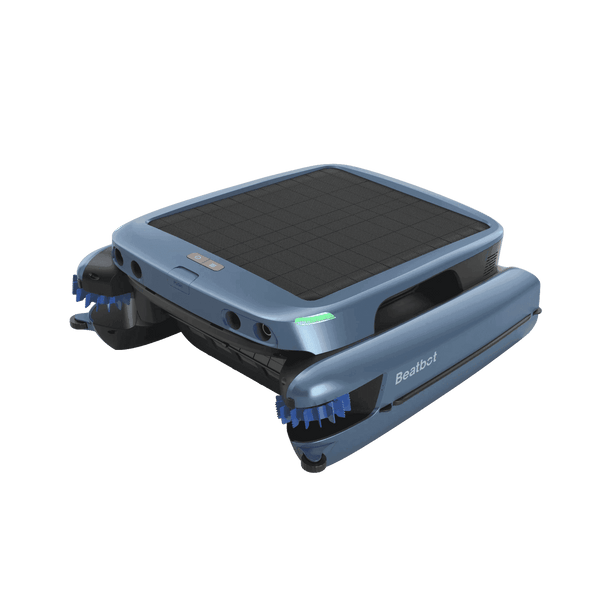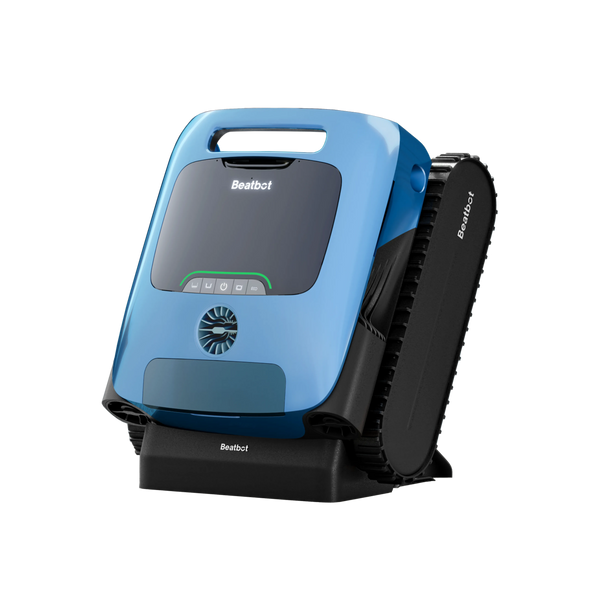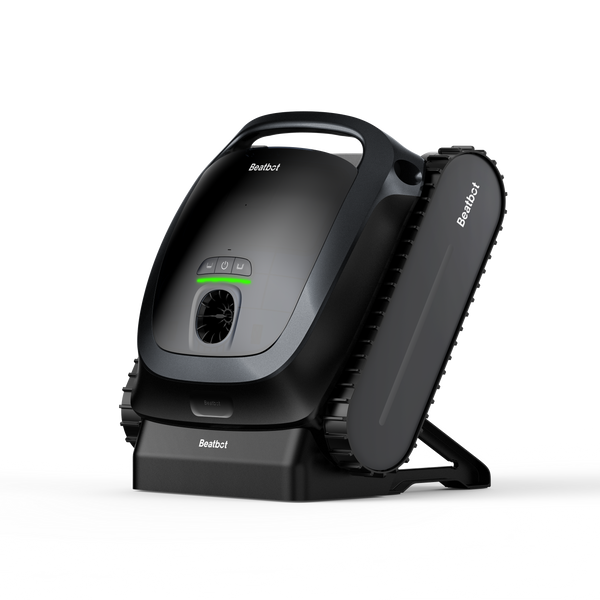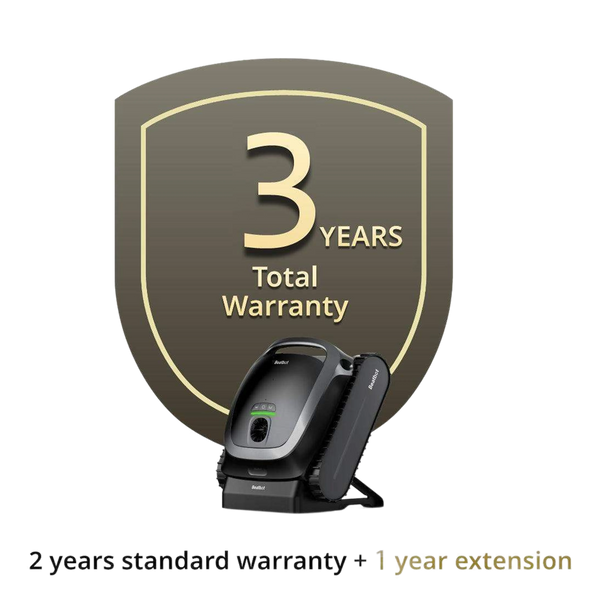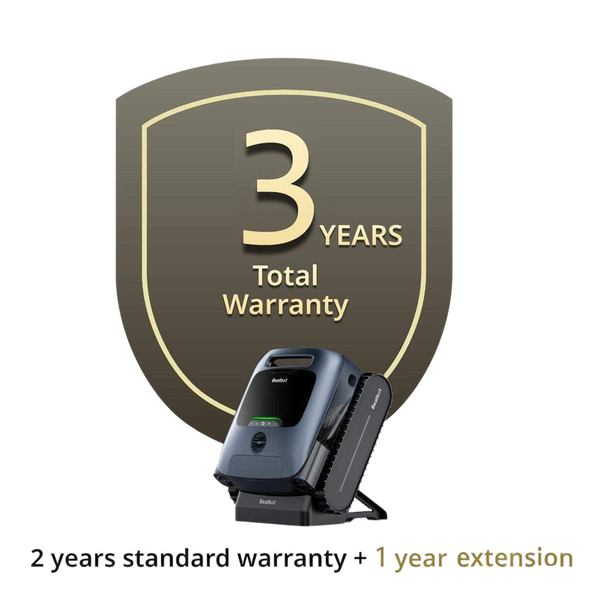How to Empty Your Pool Without a Pump: A Hands-On Guide with Lessons Learned
2025-03-09
I’m Nathanael Greene, a pool expert with over 15 years of experience in designing, building, and maintaining pools, now sharing my insights as a blog writer for Beatbot. My passion for pools kicked off with childhood summers splashing in my granddad’s backyard oasis, and it’s since evolved into a career of tackling watery challenges.
Last September, I found myself knee-deep in a draining dilemma in Durham, North Carolina, where a client’s 18,000-gallon in-ground pool needed emptying—no pump in sight. “The pump’s busted, and I can’t wait,” grumbled Tom, the homeowner, as we stood by his leaf-strewn pool, the water cloudy from neglect. Here’s how I got it done, step-by-step, with practical tricks, rookie pitfalls I navigated, and a summary of lessons to help you drain smarter.
Table of contents

The Setup: A Pool in Peril
Tom’s pool was a classic—rectangular, concrete, with a deep end at 6 feet—nestled in a yard shaded by towering maples. He’d let maintenance slide after a storm knocked out his pump, leaving the water a murky stew of leaves, twigs, and a funky green tint. “I need it drained for a liner fix,” he said, pointing to a tear near the shallow end. No pump meant no easy suction, so I rolled up my sleeves and sized up the job: gravity, grit, and a bit of ingenuity would have to do. The goal? Empty it fast, safe, and without flooding his lawn.
The Gravity Play: Siphoning Like a Pro
First up: the siphon method—nature’s free drainage hack. I grabbed a 50-foot garden hose from my truck, submerged one end in the deep end, and gave it a few sucks to start the flow (pro tip: use a wet vac if you’re squeamish). “It’s moving!” Tom cheered as water gushed out the other end, aimed downhill toward a storm drain 20 feet away. The trick is keeping the exit lower than the pool—gravity does the rest. For Tom’s 18,000 gallons, it took about 24 hours, but smaller pools can drain in half that. Pitfall alert: Tom nearly stopped it early when the hose kinked—check it hourly to keep the flow steady.
The Muscle Move: Buckets and Hustle
Siphoning was slow, so I switched gears for the shallow end—buckets. I handed Tom a 5-gallon painter’s bucket and took one myself. “Like bailing a boat,” I laughed as we scooped and dumped into a dry well he’d dug nearby. We knocked out the last 2 feet—about 3,000 gallons—in two sweaty hours. Rookie snag: Tom overfilled his bucket, splashing chlorinated water on his roses. Keep loads light and aim for a safe runoff spot—plants hate pool water’s chemicals.
The Vac Attack: Wet-Dry Shop Vac to the Rescue
With half the pool still sloshing, I pulled out my secret weapon: a 10-gallon wet-dry shop vac. Hooked to a hose draining to the lawn, it sucked up water like a champ—500 gallons in 30 minutes. “That’s loud but fast,” Tom said, wincing at the roar. It’s perfect for medium pools or finishing jobs, but beware: Tom forgot to empty the tank mid-run, and it sputtered to a halt. Empty it every 10 minutes, and you’ll breeze through. Bonus: it nabbed some leaves, cutting cleanup later.
The Pro Edge: Trash Pump Rental
For big jobs, I’d told Tom about renting a trash pump—a beast that moves 10,000 gallons an hour. At $50 a day from the local hardware store, it’s overkill for most, but it’d have drained his pool in under two hours. Setup’s simple: drop the intake in, run the outlet to a drain, and let it rip. Tom skipped it—cost and hassle—but if your pool’s massive, it’s a game-changer. Watch out: rookie renters forget to prime it, stalling the flow. Check the manual.
The Wrap-Up: Drained and Done
By day’s end, Tom’s pool was bone-dry—siphoning took the bulk, buckets and the vac mopped up. “Didn’t think we’d pull it off,” he said, inspecting the empty deep end. We dodged flooding his yard by pacing the runoff, and a quick pH test (7.6) confirmed it was safe to dump—no eco harm done. Safety tip: I wore gloves and boots—wet concrete’s slippery, and Tom nearly took a tumble. Draining without a pump is doable with the right mix of tools and hustle, tailored to your pool’s size and setup.

Lessons Learned: Tips to Drain Smarter
Here’s the rundown from Tom’s drain-a-thon to save you headaches:
- Siphoning Woes : Hose kinks kill the flow—check it hourly or tape it flat. Starting the siphon’s messy; a wet vac beats sucking by mouth.
- Bucket Blues : Overfilling splashes chemicals—keep it half-full and pick a runoff spot away from plants (dry wells or drains, not lawns). Two people halve the time.
- Vac Stalls : Forgetting to empty the shop vac stops it cold—dump every 10 minutes. Noise annoys neighbors; warn them or work early.
- Trash Pump Traps : Skipping priming stalls it—read the rental guide. Check local codes; some areas ban pool water in storm drains.
- Safety Slip : Wet concrete’s a slide—wear grippy shoes and gloves. Test pH (aim for 7-8) before dumping to avoid eco fines.
For a high-tech twist, Beatbot’s AquaSense 2 Series—like the AquaSense 2 Ultra —could’ve kept Tom’s pool from needing this drain in the first place. With its 5-in-1 cleaning (floor, walls, waterline, surface, and water clarification), AI mapping, and 13400mAh battery tackling 320 square meters per charge, it scrubs and filters debris—leaves, sand, you name it—before repairs force a full empty. Drop it in, let it roam via app control, and enjoy a pristine pool without the pump panic. As a pool vet, I’m sold on how it turns maintenance into a breeze—Tom’s next fix might just need Beatbot, not my bucket brigade.



